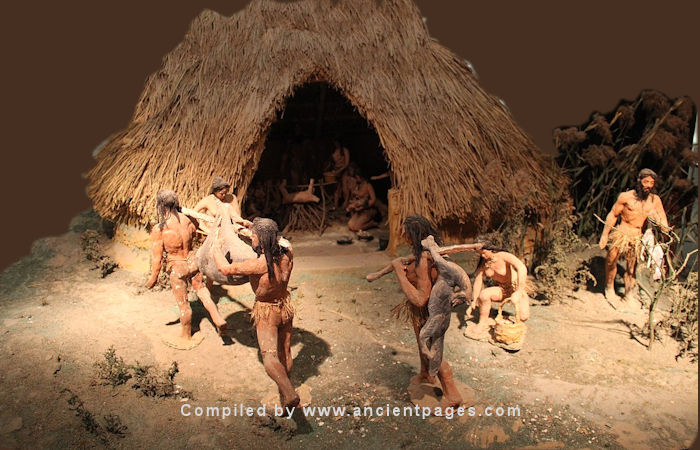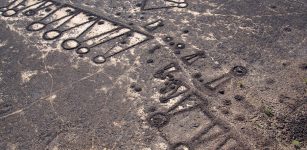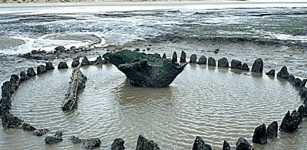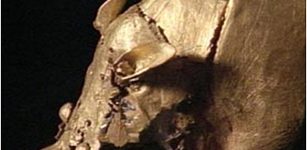Our Stereotypical View Of Neolithic Men And Women Is Wrong – Professor Says
Jan Bartek – MessageToEagle.com – How much do we know about the Neolithic lifestyle? According to a Professor, the stereotypical view of how Neolithic men and women lived is wrong!
Dr. Karina Croucher, Associate Professor at the Archaeological and Forensic Sciences, Bradford University, UK, has spent many years studying buried remains of people living between 7,500 and 10,000 years ago across the Middle East.
Unlike today, she argues, it was normal for men and women to show compassion for each other, and gender was not so clearly defined. In her book Death and Dying in the Neolithic Near East, Dr. Croucher argues male bias in archaeology has distorted our understanding of how ancient peoples lived.
Of the 40 people buried in a “death pit” in South Eastern Turkey where she was part of an excavation team, there were equal numbers of men and women.
Her theory is also based, in part, by the find of a teenage girl’s skull buried carefully by the pit, called Kim by the team.
The girl – between 15 and 17 years old – whose face has been reconstructed by Chris Rynn and Caroline Wilkinson, now at Dundee University with Stuart Campbell from The University of Manchester, was deeply cared for by the men and women who tended the site. The facial reconstruction creates an emotive picture of the girl who lived 7,500 years ago.
Kim was carefully placed next to the death pit. The pit contained the fragmented remains of around 40 people, along with animal remains, pottery, flint, obsidian, and other material culture. It also displays signs of cannibalism.
Though the finds to modern eyes are gruesome, Dr. Croucher says, they show a compassionate side to both Neolithic men and women.
“In the Death Pit, a specific choice was made to inter these human remains – including Kim – within its context, and that undoubtedly required care and effort, not only in its construction, but additionally in keeping the area protected and clear of scavengers. Even the cannibalism was probably seen by these people as a compassionate act.
When human remains from across the region are examined, it becomes apparent that it was difficult for the living to let go of their loved ones. For example, human faces were recreated onto the skulls of the dead using plaster, and they were cared for within houses. This treatment was not dependent on age or gender, but according to relationships and emotive ties,” Dr. Croucher says.
“This and other evidence shows that it’s clear the relationship between men and women during the Neolithic Period does not conform to the modern age.
The stereotypical and inaccurate view of male hunters dominating their more submissive female counterparts is an articulation of male bias in archaeology.
It was much less well defined than that: Men and women were treated equally in death and were shown equal compassion, and their tasks were likely to be thought of as equal during life. Our biases in the present were not relevant to our ancestors and are not natural or inherent behaviors.
So we should not understand the past in our own terms: it’s more about their relationships with each other; materials and animals,” she added.
Written by Jan Bartek – MessageToEagle.com – AncientPages.com Staff Writer











